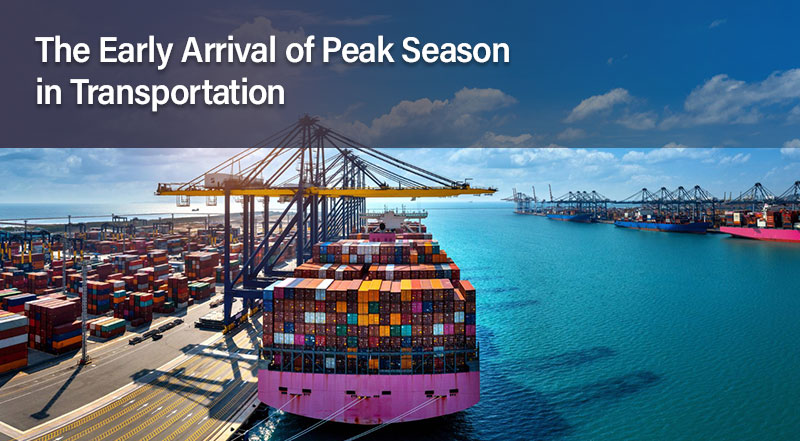Introduction:
This
year, the transportation industry is
experiencing an early and unexpected
peak season. In this blog post, we
explore the reasons behind this
phenomenon and its implications for
businesses and shippers.
Several factors have contributed to the early peak season:
- Supply Chain Disruptions: Ongoing disruptions, including port congestion and manufacturing delays, have created a backlog of goods.
- E-commerce Boom: The growth of e-commerce has increased shipping volumes throughout the year, beyond the traditional holiday season.
- Inventory Restocking: Businesses are replenishing their inventories after pandemic-related disruptions.
The early peak season poses opportunities and challenges:
- Capacity Constraints: Carriers may face capacity shortages and increased freight rates.
- Operational Challenges: Managing logistics becomes more complex during periods of high demand.
- Customer Expectations: Meeting rising customer expectations for fast and reliable deliveries becomes critical.
To navigate the early peak season effectively:
- Advanced Planning: Proactive forecasting and collaboration with carriers and suppliers are crucial.
- Diversification: Exploring alternative transportation modes and diversifying carrier partnerships can help manage capacity constraints.
- Communication and Transparency: Maintaining open lines of communication with stakeholders helps manage customer expectations.
Conclusion:
The
early arrival of the peak season in
transportation requires proactive
planning, diversification, and effective
communication. By adopting these
strategies, businesses can navigate the
challenges and optimize their operations
during this dynamic period.





